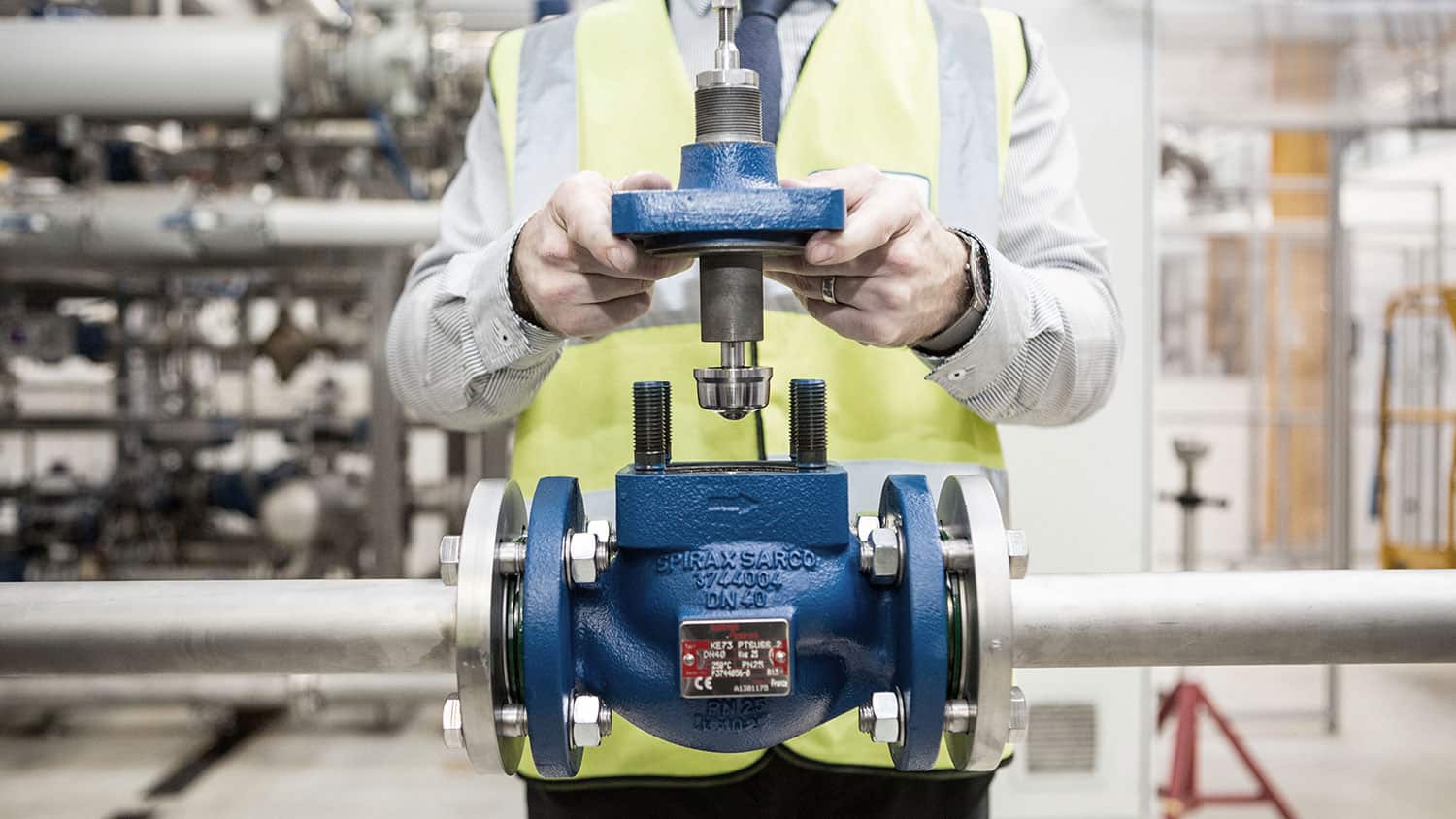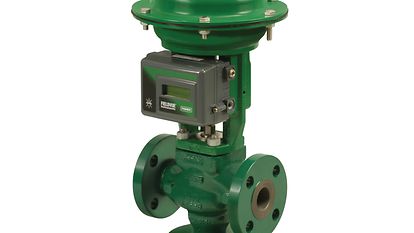How Control Valves Influence Power Performance in Industrial Settings
How Control Valves Influence Power Performance in Industrial Settings
Blog Article

Maximize Power Financial Savings and Convenience With Advanced Building Automation Controls
In the realm of modern style and facility management, the assimilation of advanced structure automation regulates stands as a crucial development. By taking advantage of the power of automation, buildings can adjust, react, and evolve in methods that were when unimaginable.
Energy Performance Advantages
Energy effectiveness benefits can significantly reduce power intake and operational costs in structures. By carrying out energy-efficient methods and modern technologies, structure owners and operators can achieve considerable financial savings while also adding to environmental sustainability. One of the key advantages of improving energy effectiveness in buildings is the reduction of utility expenses. Energy-efficient systems, such as sophisticated structure automation controls, can maximize making use of sources like heating, air conditioning, and lights, resulting in reduced energy costs over time.
Additionally, improved power performance can extend the lifespan of structure tools and systems. By operating more efficiently, heating and cooling systems, lighting fixture, and various other structure elements experience less wear and tear, resulting in lowered maintenance and replacement costs. In addition, energy-efficient structures often regulate higher residential property values and rental prices, supplying long-lasting financial advantages to proprietors.
Furthermore, power efficiency can boost passenger comfort and efficiency. Effectively managed interior atmospheres with ideal lighting and thermal conditions develop a more favorable and positive work area, bring about improved worker satisfaction and performance. On the whole, the energy effectiveness advantages related to advanced building automation controls are complex, encompassing cost financial savings, ecological stewardship, and occupant wellness.
Boosted Convenience Control
Enhancing comfort control in structure settings requires an advanced combination of advanced automation systems for ideal owner well-being. By using sophisticated structure automation controls, centers can customize the interior setting to meet the particular requirements and choices of occupants. These systems enable accurate law of ventilation, illumination, and temperature level, creating a productive and comfy atmosphere. Resident complete satisfaction and productivity are carefully connected to thermal comfort, making it vital to have systems in position that can adjust to changing conditions in real-time.
Enhanced convenience control exceeds fundamental temperature changes. It consists of functions such as customized settings, tenancy sensors, and natural light application to develop a vibrant and responsive setting. By including these advanced controls, structures can not just enhance convenience however also enhance energy performance by enhancing system operations based upon actual tenancy and use patterns. Ultimately, focusing on passenger comfort via sophisticated automation systems results in an extra delightful and healthier interior atmosphere.
Functional Effectiveness Improvements

In addition, the application of real-time monitoring and analytics devices makes it possible for structure drivers to determine power inadequacies and operational abnormalities immediately. By continually keeping track of power use patterns and system performance metrics, changes can be made in real-time to enhance energy consumption and ensure peak operational effectiveness. control valves. Additionally, including demand feedback methods into building automation controls can further enhance operational efficiency by dynamically adjusting energy usage based on grid conditions and prices signals
Indoor Environment Optimization
Reliable indoor climate Check This Out optimization is a fundamental element of building automation controls, making certain occupants' comfort and wellness while taking full advantage of power financial savings. By utilizing advanced sensors and controls, developing automation systems can continually monitor and change temperature level, moisture levels, air top quality, and air flow to develop an ideal interior atmosphere. Preserving comfortable and consistent problems not just boosts passenger satisfaction but also boosts productivity and overall well-being.
Indoor climate optimization additionally plays a crucial role in power performance. By fine-tuning home heating, air conditioning, and air flow systems based on real-time data and occupancy patterns, constructing automation controls can significantly reduce power usage - control valves. As an example, executing techniques such as demand-controlled ventilation and Homepage thermal zoning can aid reduce energy waste while ensuring that each location of the building obtains the needed conditioning.

Sustainable Setting Production
Structure automation regulates not just enhance indoor climate problems for power effectiveness and passenger comfort however also lay the foundation for creating a lasting setting with calculated administration of systems and resources. By integrating innovative structure automation modern technologies, such as sensing units, actuators, and smart software application, facilities can keep an eye on and change energy use in real-time to decrease waste and lower their carbon impact. These systems allow predictive maintenance, identifying potential issues before they escalate and maximizing tools performance to enhance long life and performance.
In addition, sustainable environment production prolongs beyond energy administration to encompass water conservation, waste decrease, and interior air top quality renovation. Structure automation controls can manage water usage, spot leakages, and make sure proper garbage disposal practices, adding to general sustainability initiatives. Furthermore, by monitoring and regulating ventilation and his comment is here purification systems, these technologies boost resident wellness and productivity while lowering energy intake related to HVAC procedures.
Conclusion
In conclusion, advanced structure automation manages offer significant advantages in terms of energy savings, comfort control, operational effectiveness, interior environment optimization, and creating a sustainable setting. By implementing these controls, structures can attain optimal efficiency while reducing energy usage and boosting occupant comfort. It is noticeable that using advanced automation innovation is critical in enhancing building performance and developing a more sustainable future.
Power performance benefits can substantially reduce energy usage and functional expenses in structures. Overall, the power performance benefits associated with advanced structure automation controls are diverse, encompassing cost financial savings, environmental stewardship, and owner wellness.
Additionally, integrating need response approaches right into building automation controls can better enhance functional performance by dynamically readjusting power usage based on grid conditions and rates signals.
Structure automation controls not only maximize indoor climate problems for energy efficiency and owner convenience however also lay the structure for developing a lasting atmosphere through critical administration of resources and systems.In verdict, advanced building automation regulates offer significant advantages in terms of energy financial savings, comfort control, operational performance, interior climate optimization, and developing a lasting atmosphere.
Report this page